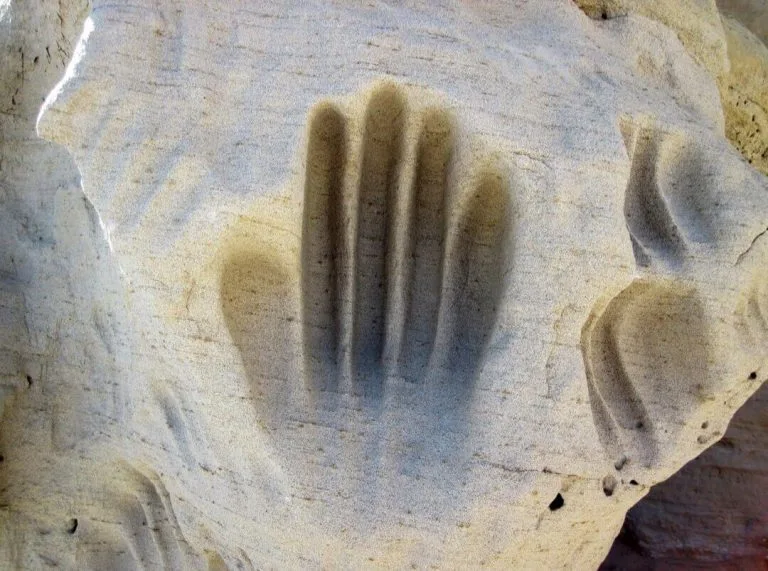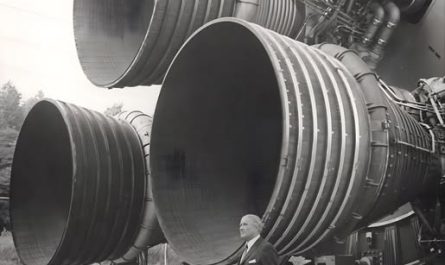Hidden in the vast, windswept landscape of Wyoming’s Red Desert, the White Mountain Petroglyphs tell a story few places in North America can match. Etched into soft sandstone cliffs, these carvings include hunting scenes, geometric symbols, and—most hauntingly—giant handprints that seem to reach out from the past.
But who made them? And why?
These mysterious impressions, some incredibly large and deeply embedded in the rock, provide an intimate and spiritual connection to the people who once called this land home.
What Are the White Mountain Petroglyphs?

Located in Sweetwater County, near Rock Springs and Green River, White Mountain is part of the Green River Formation. While Wyoming is best known for Yellowstone, this sacred site offers a lesser-known yet powerful window into the past. Hundreds of petroglyphs—images carved into the rock—cover the sandstone cliffs.
The site is believed to have been created by the Ancestral Eastern Shoshone between 1,000 and 1,800 AD. These indigenous artists used stone tools and even their bare hands to carve their stories, beliefs, and rituals into the rock.
Symbols of Life, Hunt, and Spirit
The petroglyphs include:
- Bison and elk hunting scenes
- Geometric shapes and spirals
- Tiny human and animal footprints
- Figures on horseback, suggesting contact with European cultures
- Warriors brandishing swords
These images document daily life, spiritual beliefs, and even cross-cultural encounters. They serve as a visual time capsule of the Plains and Great Basin Native American tribes, including the Shoshone, Arapaho, and Ute.
The Handprints: Wyoming’s Most Enigmatic Impressions

Among all the carvings, the handprints stand out as the most visceral and mystifying.
These prints were not painted or outlined—they were formed by generations of people pressing their hands into the soft sandstone, over and over, until their impressions became permanent. Some are small and shallow. Others are deep, wide, and eerily large, stirring speculation about giants, sacred rituals, or mythic beings.
Experts believe these handprints were likely created during ceremonial events, such as childbirth or spiritual offerings. Some theories suggest women in labor pressed their hands into the wall for support—making these prints a testament to pain, creation, and continuity.
“The handprints carved into White Mountain aren’t just ancient graffiti. They’re memories made solid—echoes of hands that reached out centuries ago.” — Wyoming Historical Society
Visiting the Site
If you’re planning a journey through Wyoming, this site is a must-see for history buffs, spiritual seekers, and fans of ancient mysteries.
- Location: Red Desert, near Rock Springs, WY
- Access: Open to the public; 4WD recommended on remote roads
- Respect: Do not touch or deface the carvings—the rock is soft and sacred
Final Thoughts: Messages from the Stone
The White Mountain handprints serve as a spiritual and historical bridge across time. Were they marks of ritual? Messages to future generations? Or simply the human desire to be remembered?
Whatever their origin, one truth remains: these ancient impressions remind us that we are not the first to walk this land, nor will we be the last. Their presence is a silent but powerful voice from the past—one that still whispers in the Wyoming wind.
Watch the Mystery Unfold:


